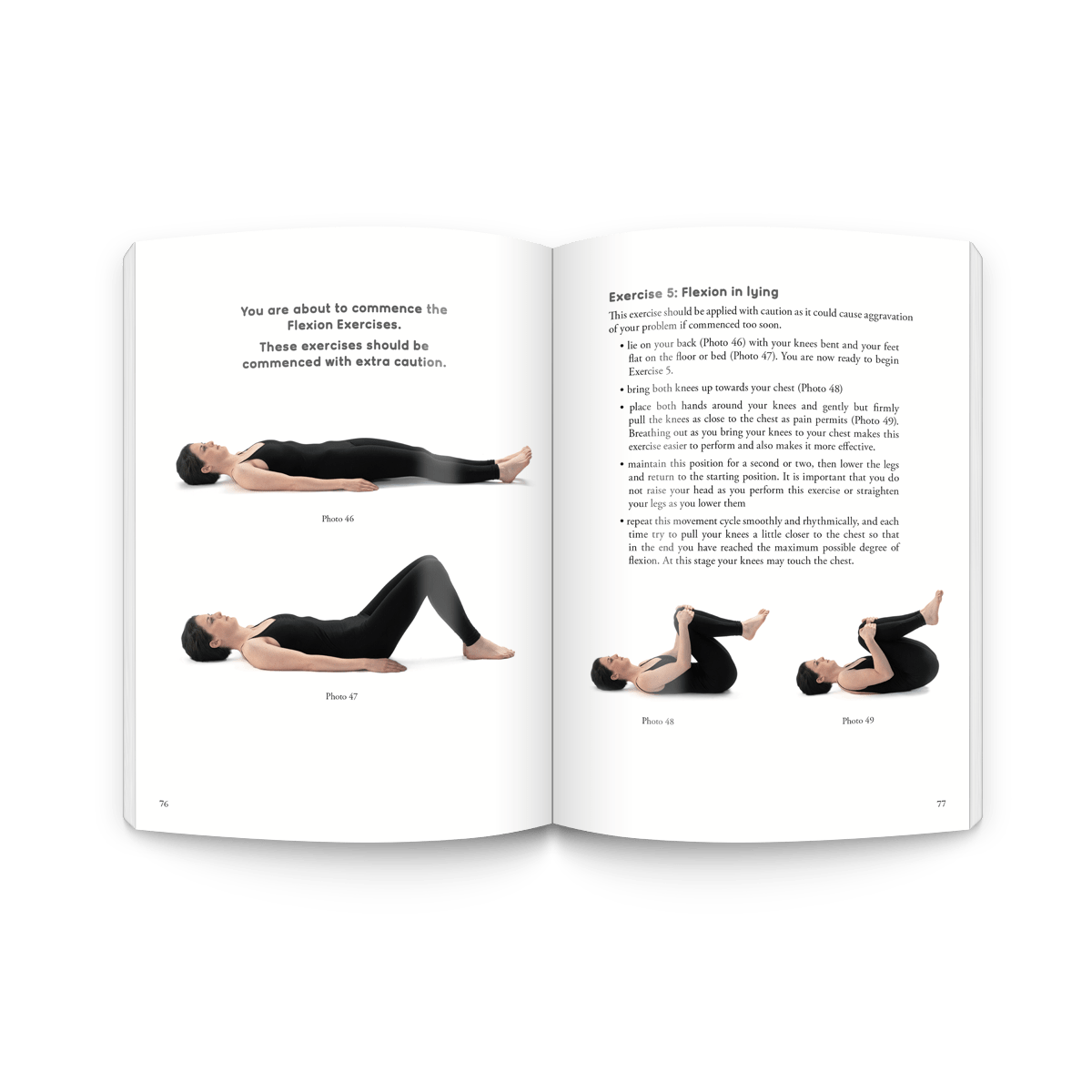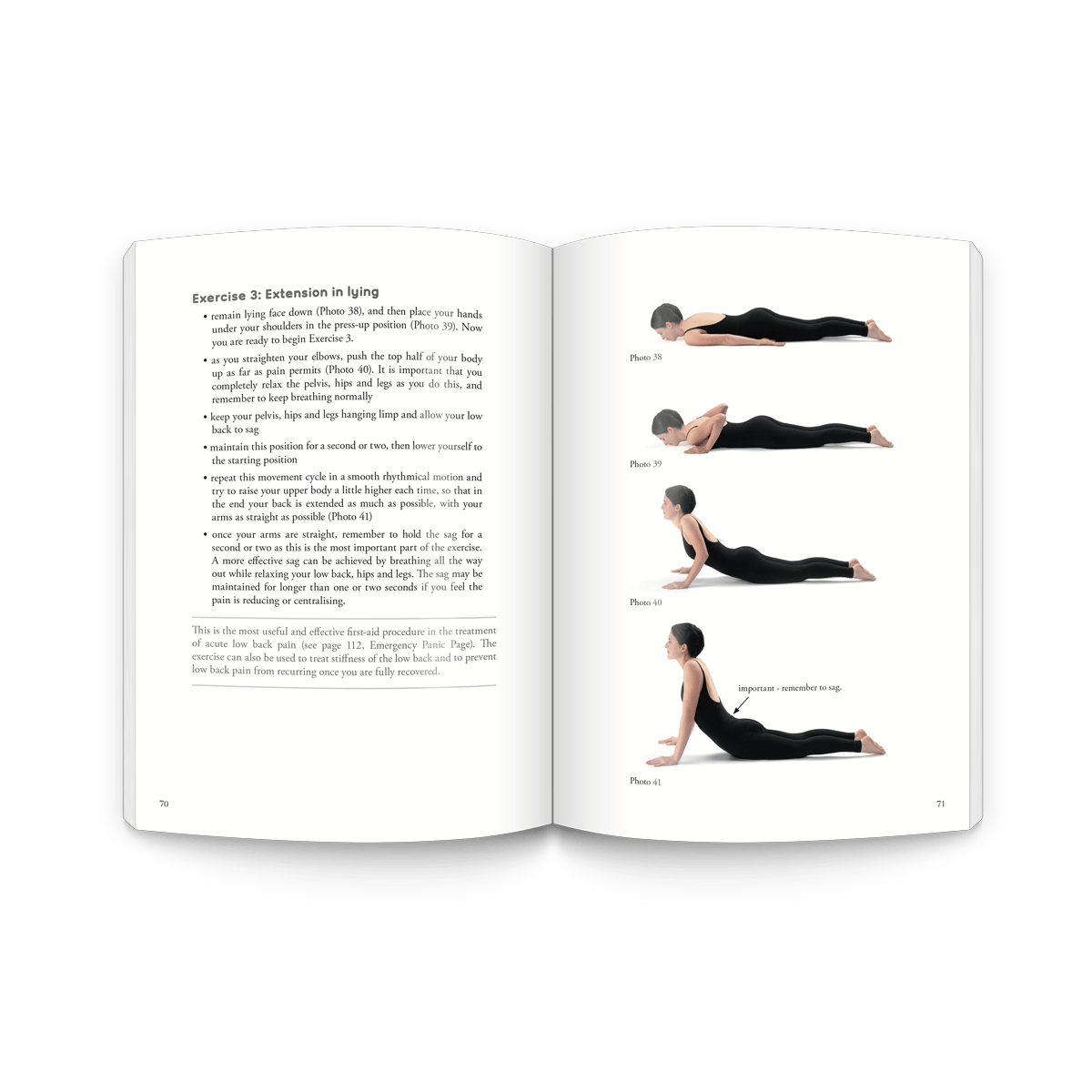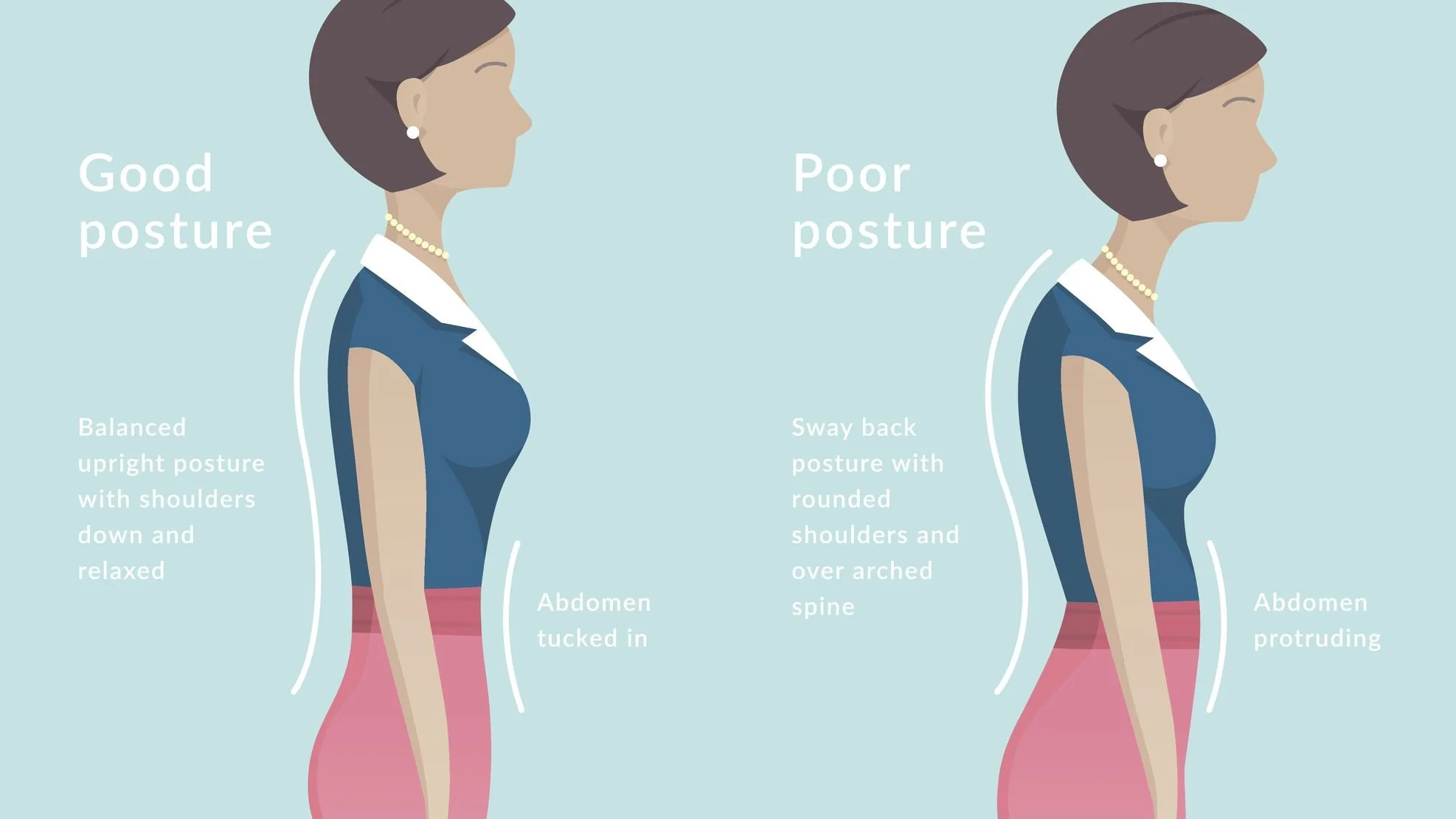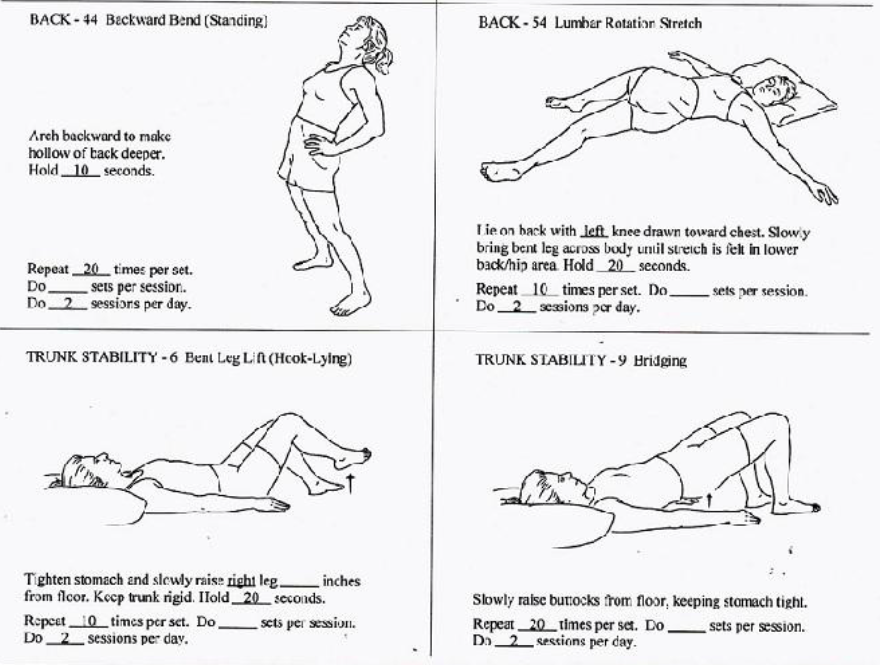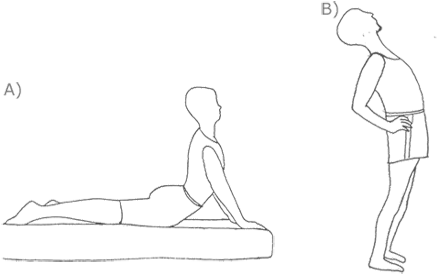Long Term Back Pain
Back pain, particularly lower back pain, is very common. It usually improves within a few weeks but can sometimes last longer or keep coming back. In this blog post I will look at some causes and treatments of long term back pain.
The Mckenzie back program
Although there have been many modifications of this back program, the first principles of the idea that we can reduce the stress put on our lower back, still stands.
The McKenzie Method was developed in the 1960s by Robin McKenzie, a physical therapist in New Zealand. In his practice, he noted that extending the spine could provide significant pain relief to certain patients and allow them to return to their normal daily activities.
With the McKenzie approach, physical therapy and exercise used to extend the spine can help "centralize" the patient's pain by moving it away from the extremities (leg or arm) to the back. Back pain is usually better tolerated than leg pain or arm pain, and the theory of the approach is that centralizing the pain allows the source of the pain to be treated rather than the symptoms.
A central tenet of the McKenzie Method is that self-healing and self-treatment are important for the patient’s pain relief and rehabilitation. No passive modalities - such as heat, cold, ultrasound, medicine, or needles - are used in the treatment.
The long-term goal of the McKenzie Method is to teach patients suffering from neck pain and/or back pain how to treat themselves and manage their own pain for life using exercise and other strategies. Other goals include:
Return to normal functioning in daily activities
Reduce pain quickly
Minimize the risk of recurring pain (avoid painful postures and movements)
Minimize the number of return visits to the spine specialist
The McKenzie Method is really an overall program of assessment, treatment and prevention strategies (including exercise) that are usually best learned with a physical therapist who is trained in the method.
A spread from the Makenzie book
A spread from the Makenzie book
posture
This pictogram shows clearly how pressure on lower back and the lower back discs increases as we sit and stoop forwards. It also highlights that keeping our legs straight while lifting increases this pressures even further.
It’s easy to develop a habit of bad posture without thinking about it. You may spend a long time leaning over a small screen, slouching in a chair, or carrying a heavy backpack when you walk. Or you may use repetitive motions in your workplace. After a while, all of these factors can lead to bad posture.
Being overweight or pregnant, or wearing poor quality shoes or high heels, can also lead you to develop bad posture. You may be born with scoliosis (an abnormally curved spine) or one leg shorter than the other, which can affect your posture.
Posture Learning points:
Be posture aware
Spend less time sitting at home, work or in the car.
When lifting we have to first squat down then lift.
Bad sitting posture
– Slouched sitting places spine in the same amount of forward bend as a standing posture bending forward fully.
–Pressure between the discs increases in a forward bend position and decreases the more the spine approaches a lordotic position or extended position.
Bad standing posture
If we sit, stand or lie in a poor posture for any length of time, it puts stress on the muscles, joints and ligaments. This can cause pain and damage, for example back, neck and shoulder ache.
Frequency of flexion: – We flex a lot, we do not extend that much. **These appear to have a close association with the development of low back pain but lack support from the literature to date.**
recommended exercises
The Mckenzie back bend. This can also be done standing up.
The Mckenzie back bend. This can also be done standing up. Some people require more than just countering the forward bend with bending back either lying or standing.
Remember: if you experience worsening of your pain then do not do that particular exercise and see your doctor or physio.
We also recommend of course seeing a physio, taking up Pilates or Yoga.
We always recommend yoga or pilates.
Both Pilates and yoga are low-impact exercises. On the surface, there are many similarities between yoga and Pilates:
Both are mind and body practices
They both emphasise the importance of breathing properly during exercise
They can both be done with minimal equipment
Both can improve strength and flexibility and
They share some exercises (under different names)
However, there are some fundamental differences between the two. Physically, the main difference between yoga and Pilates is that yoga focuses more on holding static poses whereas Pilates uses movement to challenge your stability.
If you have an injury, Pilates might be a better choice, whereas if your goal is to be super flexible, you may find more progress with yoga. Some people love the spiritual side of yoga, others prefer Pilates as it can be more of a physical workout. Ultimately, there is something for everyone in both practices, so it’s best to try both and see which you prefer! It also doesn’t have to be Pilates vs yoga -you might find you want to incorporate both into your training.
One of the best ways to start either yoga or Pilates is to take a class, and to focus less on doing the movement ‘right’ and more on enjoying it. Classes can be as easy or as challenging as you need them to be – exercises can be modified, or you can choose to rest if an exercise doesn’t work for you.
Any Pilates or yoga recommendations?
Check out the pilates classes run by Formation Physio in Belfast. They are fantastic. All their physio are also trained Pilates instructors. https://www.formationphysio.co.uk/pilates
Chronic Pain
For most people chronic pain from the original back injury is not due to actual injury or damage to the disc or nerve or facet joint, but it is due to pain pathways becoming reactivated. The reactivation of these pathways is usually linked to nociceptors causing pain due to fear. For a small percentage of people the pain is related to ongoing irritation of the nerve root or facet joint.
Tame the Beast
I can recommend this website: https://www.tamethebeast.org/resources where you will find an excellent TedX talk and other resources to recovering from chronic pain.
Lorimer Moseley
TEDx Talk: Lorimer Moseley - Why Things Hurt
Why do we hurt? Do we actually experience pain, or is it merely illusion? In this video, Lorimer Moseley explores these questions, and position the pain that we feel as our bodies' way of protecting us from damaging tissues further. He also looks at what this might mean for those who suffer from chronic pain.
https://www.youtube.com/watch?v=gwd-wLdIHjs



